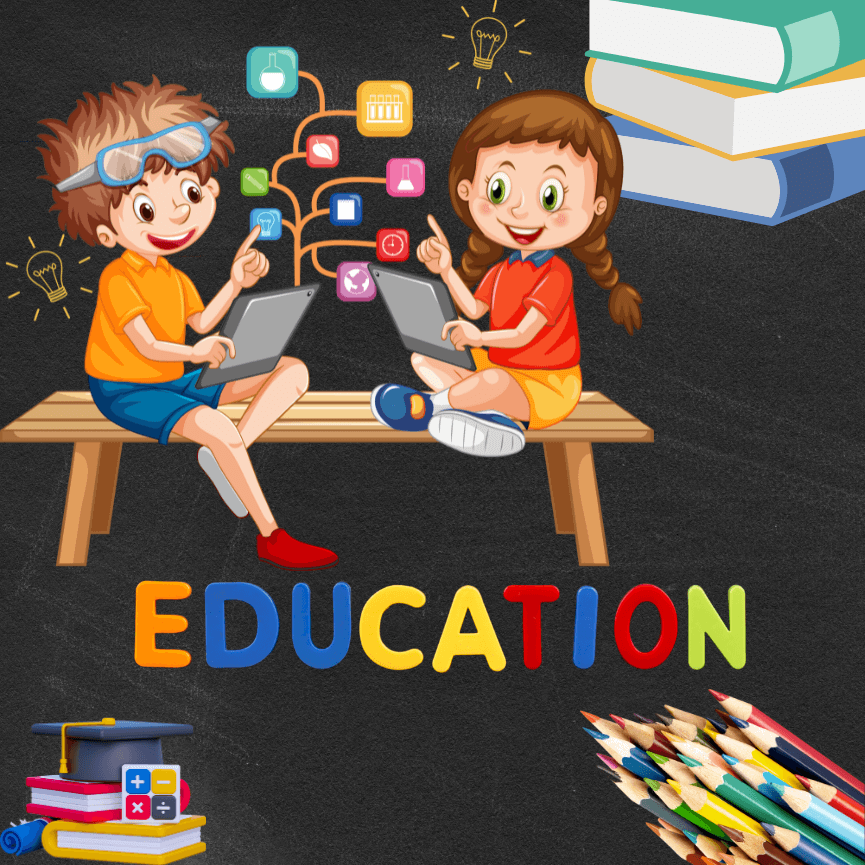
- Dec 04, 2024
- 120 Views
- 0 Comments
Holistic Philosophy In Autism Education
Autism education has traditionally focused on structured, specialized methods. However, the rise of holistic education has sparked an innovative shift in how we approach learning for children with autism. This article explores how the holistic philosophy integrates diverse aspects of a child’s development, offering a more personalized, well-rounded educational experience.
What Is Holistic Philosophy?
At its core, holistic philosophy is an educational approach that looks beyond academic learning alone. It takes into account the emotional, social, and physical needs of students. This philosophy asserts that education should nurture the whole person, fostering emotional intelligence, creativity, physical health, and intellectual growth simultaneously.
The Connection Between Autism and Holistic Education
Autism Spectrum Disorder (ASD) is a neurodevelopmental condition that affects how a person processes information and interacts with the world. Children with autism often have unique learning needs, such as difficulties with communication, social interaction, and sensory processing. Holistic education recognizes these unique traits and seeks to cater to the individual needs of each child by addressing not just their academic needs, but also their emotional, social, and physical well-being.
Core Elements of Holistic Philosophy in Autism Education
Emphasizing the Whole Child
Holistic education in autism focuses on the child as a whole, considering their cognitive, emotional, social, and physical needs. This means understanding the child’s strengths and challenges, and providing personalized support to help them thrive in all areas of life.
Focus on Emotional, Social, and Cognitive Development
Instead of focusing solely on academic achievement, holistic education prioritizes emotional and social development, recognizing that children with autism benefit from strong emotional support. This approach helps them learn to navigate social situations, manage emotions, and enhance their cognitive development.
The Importance of Family Involvement
Families are central in the holistic education model. Involving family members in the learning process helps create consistency between home and school environments. Family support is critical in reinforcing the skills and strategies children learn in school and applying them in everyday life.
Benefits of Holistic Education for Autistic Children
Tailored Learning Styles
One of the primary benefits of holistic education is the ability to tailor learning to the individual. Children with autism often have diverse learning styles and paces, and holistic education adapts to these differences, providing a more inclusive experience.
Enhanced Emotional Support
Holistic education doesn’t just focus on academics but also on fostering emotional resilience. By addressing emotional needs, children develop greater self-awareness and confidence, both of which are essential for social integration.
Fostering Independence
Holistic education helps children build the skills they need to become independent. Whether it’s through life skills training, social interactions, or self-regulation techniques, the goal is to empower students to live autonomously and contribute meaningfully to society.
Integrating Mind, Body, and Spirit in Autism Education
The holistic approach considers the whole person—mind, body, and spirit. Each of these components contributes to a child's overall well-being, and by addressing them together, holistic education fosters a balanced, healthy learning environment.
The Role of Mindfulness and Relaxation
Mindfulness techniques, such as meditation or deep breathing exercises, can help autistic children manage stress and increase focus. These practices can be integrated into classroom routines, helping children regulate their emotions and maintain calm in challenging situations.
Physical Activity and Sensory Integration
Physical activity is crucial in a holistic education approach. It promotes motor skills, social interaction, and overall physical health. Sensory integration exercises—designed to help children with sensory sensitivities—are also vital in creating a more balanced educational experience.
Spiritual and Psychological Growth
Although spiritual development may look different for each child, some holistic approaches include fostering a sense of purpose, belonging, and self-awareness. This contributes to mental and emotional stability, which is especially important for children with autism who may struggle with self-regulation.
How Holistic Education Supports Communication Skills
Communication is often one of the biggest challenges for children with autism. Holistic education supports both verbal and non-verbal communication, using various tools such as visual aids, social stories, and interactive technologies. These tools provide multiple avenues for expression, ensuring every child has the opportunity to communicate effectively.
Encouraging Verbal and Non-Verbal Communication
Incorporating speech therapy and using alternative communication methods, such as sign language or AAC devices (augmentative and alternative communication), ensures that children with autism are able to express their needs and desires.
Strategies for Building Social Skills
Holistic education places a strong emphasis on teaching social skills. By using role-playing, group activities, and peer interactions, children with autism can develop the essential skills needed for social integration and forming meaningful relationships.
Challenges in Implementing a Holistic Approach
While holistic education offers promising benefits, there are challenges in its implementation.
Finding Qualified Educators
Teachers who understand and implement holistic education principles are essential, but there is a lack of qualified professionals trained in these methods, especially in autism education.
Overcoming Systemic Barriers
In many educational systems, traditional methods are deeply ingrained, making it difficult to shift toward a more holistic approach. Additionally, funding for specialized programs and individual accommodations is often limited.
Practical Strategies for Implementing Holistic Philosophy
To integrate holistic education into autism classrooms, educators can adapt their curriculum to include emotional and social learning activities, collaborate with therapists and specialists, and employ a variety of teaching strategies to cater to individual learning needs.
Successful Holistic Approaches in Autism Education
Real-life examples from schools that have successfully implemented holistic education show impressive outcomes. For instance, students in these programs often display improved social skills, greater emotional regulation, and increased academic success. By taking a personalized, comprehensive approach, these schools help autistic children thrive both academically and personally.
The Role of Technology in Holistic Autism Education
Technology can play a vital role in supporting holistic education. Assistive technologies, such as speech-generating devices, apps for communication, and virtual reality tools, offer new opportunities for children to learn and express themselves in ways that align with their individual needs.
The Future of Holistic Philosophy in Autism Education
As awareness of autism continues to grow and the demand for inclusive education systems increases, holistic approaches are likely to become more widely integrated. There is a growing recognition of the need for education that not only focuses on academics but also nurtures emotional, social, and physical development.
The holistic philosophy offers an inclusive, compassionate approach to autism education, one that addresses the unique needs of each child. By focusing on the whole child and integrating emotional, social, and cognitive support, holistic education holds great promise for helping children with autism thrive in all aspects of their lives. As schools and educators adopt this approach, we can look forward to a more inclusive, supportive educational landscape for autistic children.



Comments - 0 comments till now